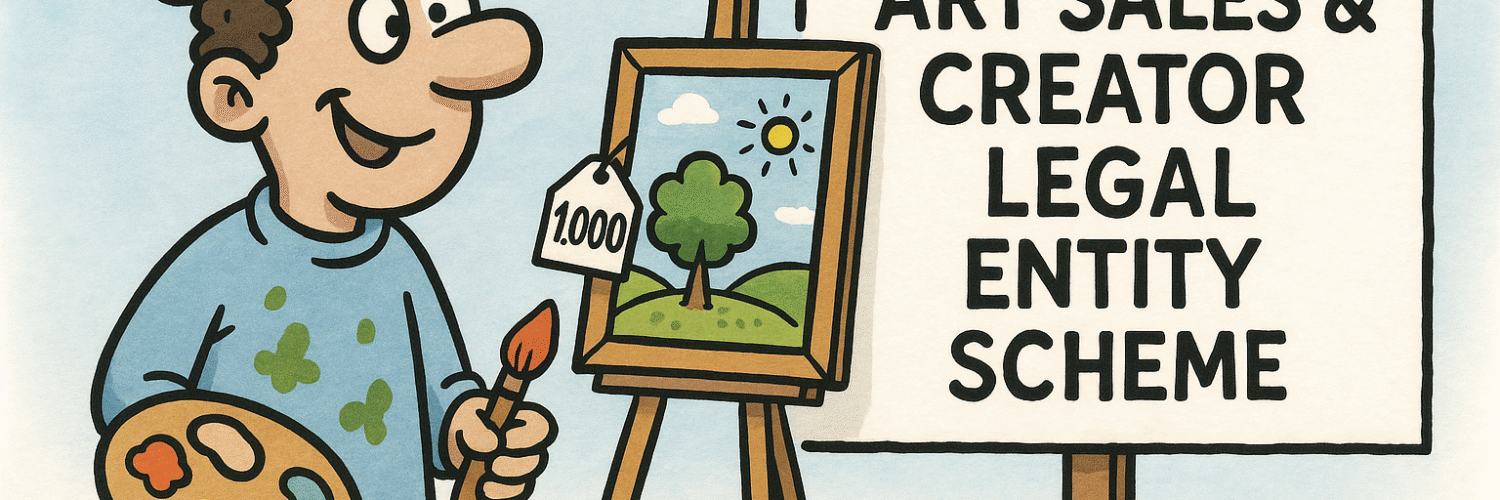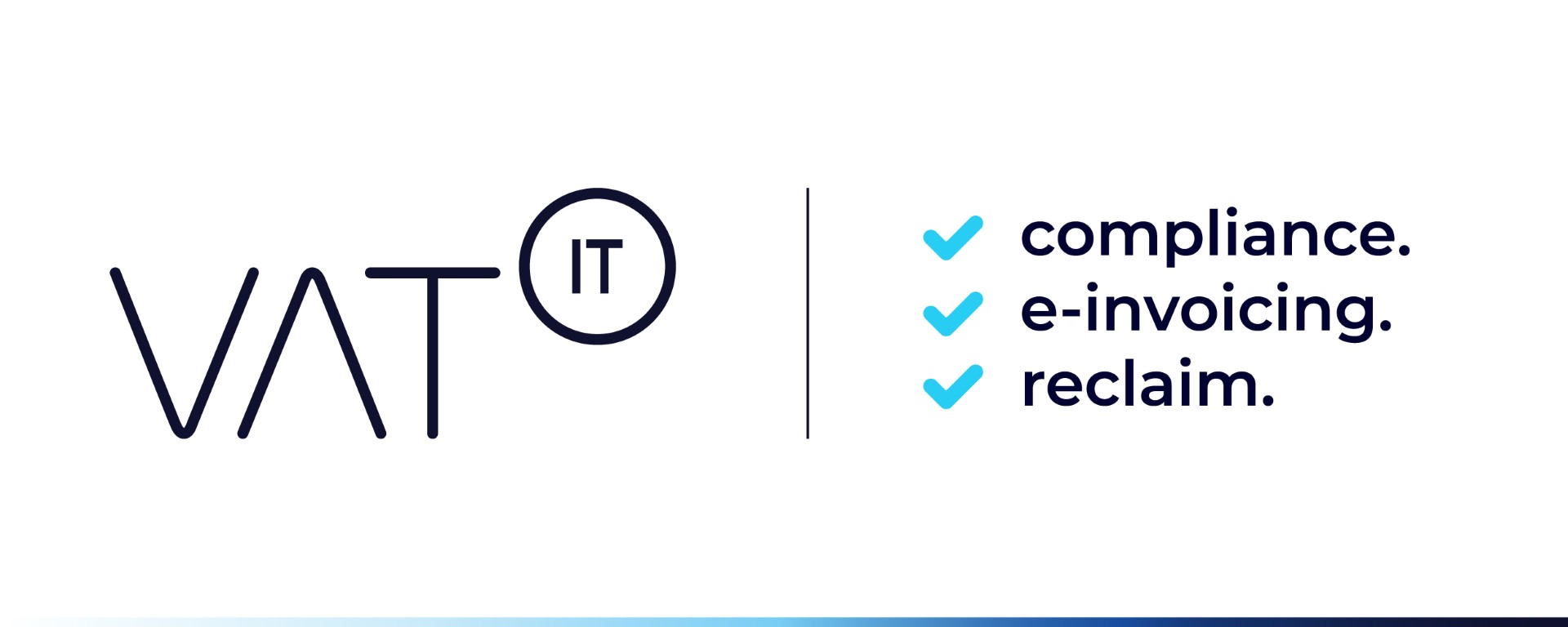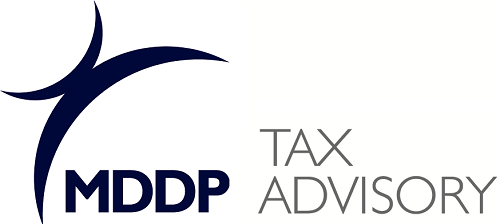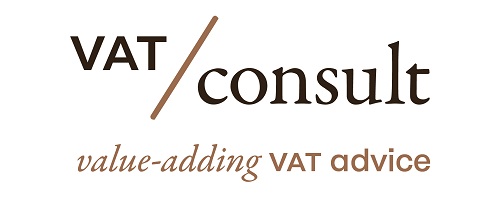Latest Posts in "European Union"
- The EU Commission proposes new collaborative measures in view of ViDA
- How did the EU Member States implemented ”Domestic Reverse-Charge” (Art. 194 of the Directive 2006/112)?
- ECJ/General Court VAT Cases – Pending cases
- ECJ VAT Cases decided in 2025
- Comments on GC T-657/24: VAT exemption for credit intermediation applies when the intermediary searches for and recruits customers













